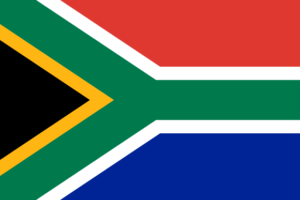Country Snapshot: South Africa

Healthcare in South Africa is provided by parallel, but uneven, health systems: A private, for-profit system financed primarily by a small proportion of the population who can afford health insurance, and a public system financed by the government and free at the point of service, which provides care for the vast majority of the population. The South African health system is currently in the process of transitioning to the National Health Insurance (NHI) financing system, which will effectively eliminate the division between public and private sector care. This shift will require massive reorganization of both sectors.
HRH2030 in South Africa
Working with U.S. President’s Emergency Plan for AIDS Relief (PEPFAR) and the Global Fund for AIDS, Tuberculosis, and Malaria (GFATM), HRH2030 carried out an assessment to better understand the composition, workload, and functionality of the community-based workforce. This assessment also included a mapping and spatial analysis of community-based workers using data from the assessment. Secondly, to aid in decision-making for implementation and resource allocation, with PEPFAR funding, HRH2030 developed a standardized client-focused Excel tool that guides users in estimating and optimizing human resources for health needs at the facility and above-site levels. The tool allows for task shifting/sharing, which is a key strategy not only for HIV services but also to close the estimated 18 million shortfalls in health workers projected by 2030.
Related News & Resources
Lessons Learned from Assessing the Community-Based Workforce to Advance Optimization of HIV Programs
HRH2030 conducted assessments in Kenya and South Africa to understand the composition, workload, and functions performed by the community-based health and social service workforce supporting HIV programs.
How Assessing the Community-Based Workforce Can Help to Optimize HIV Programs
We share several key findings as the global community celebrates World AIDS Day this week and underscore the need for more assessment of the community-based HIV workforce.
HRH2030 Releases Enhanced HRH Optimization Tool for ART
The enhanced version enables health facility managers and health program planners to more rapidly estimate HRH requirements for various differentiated service delivery (DSD) models.






 South Africa
South Africa